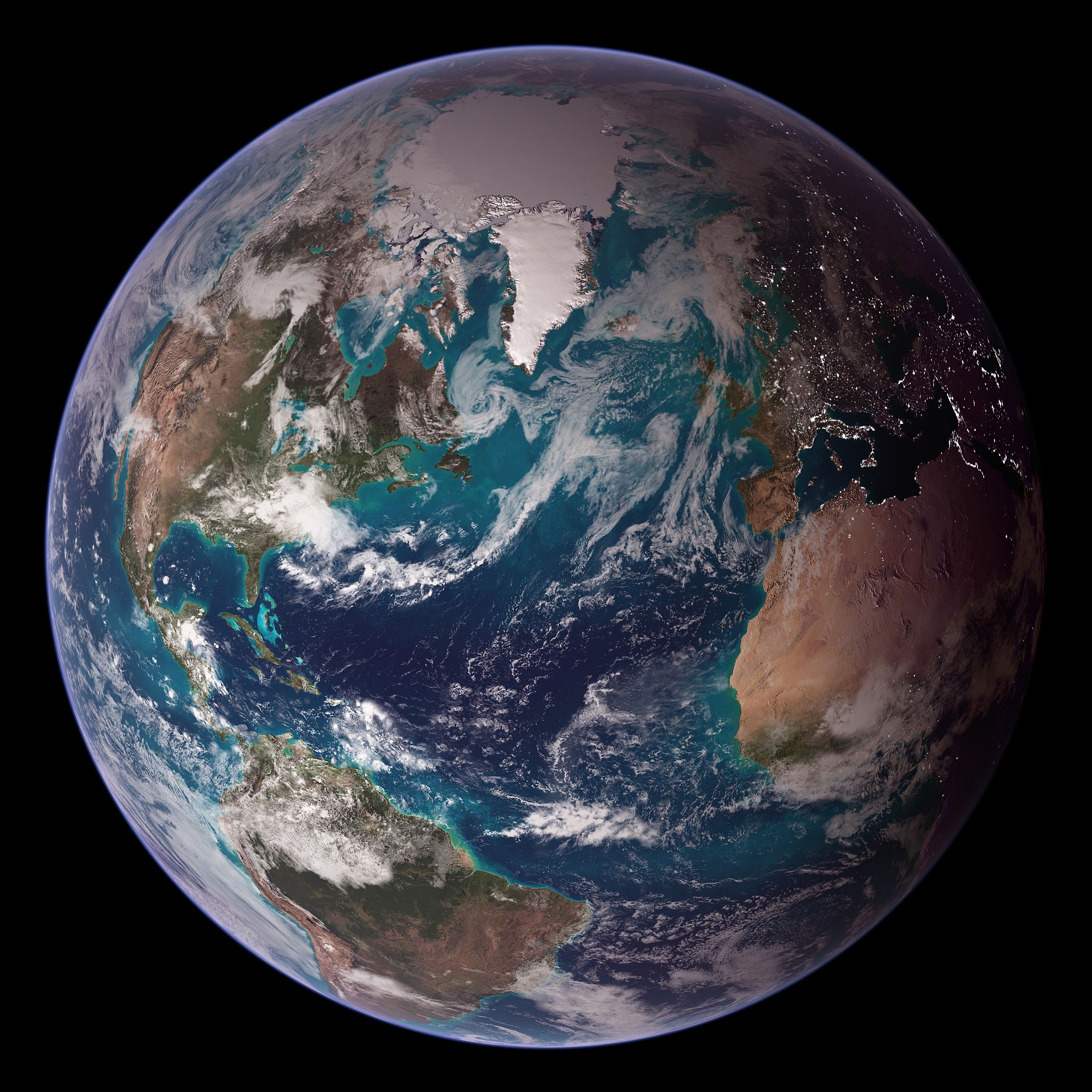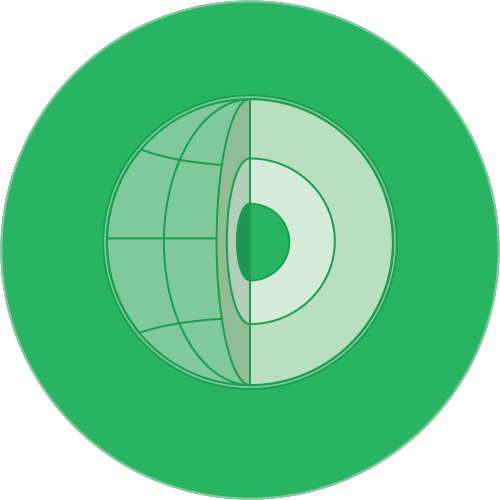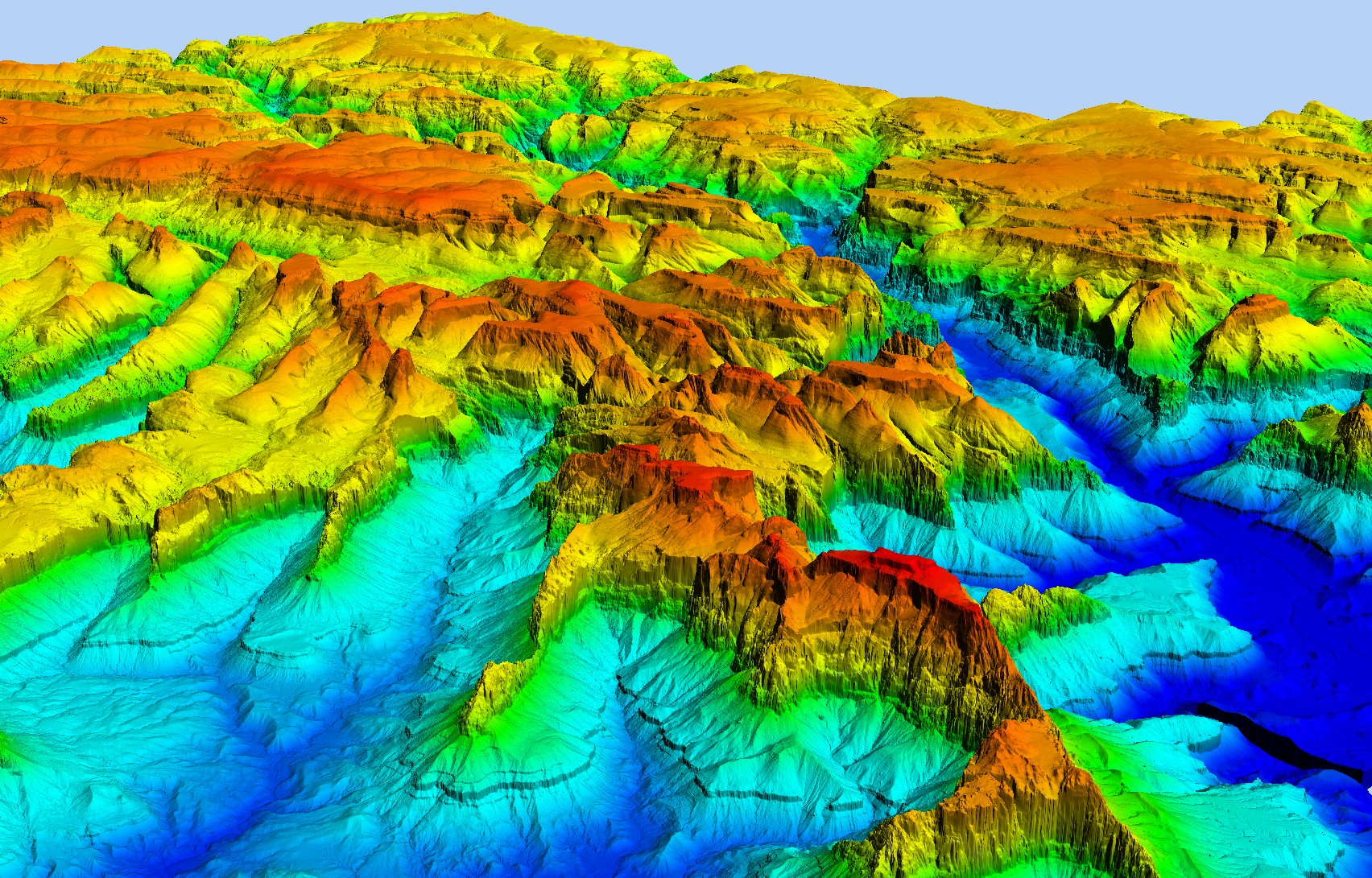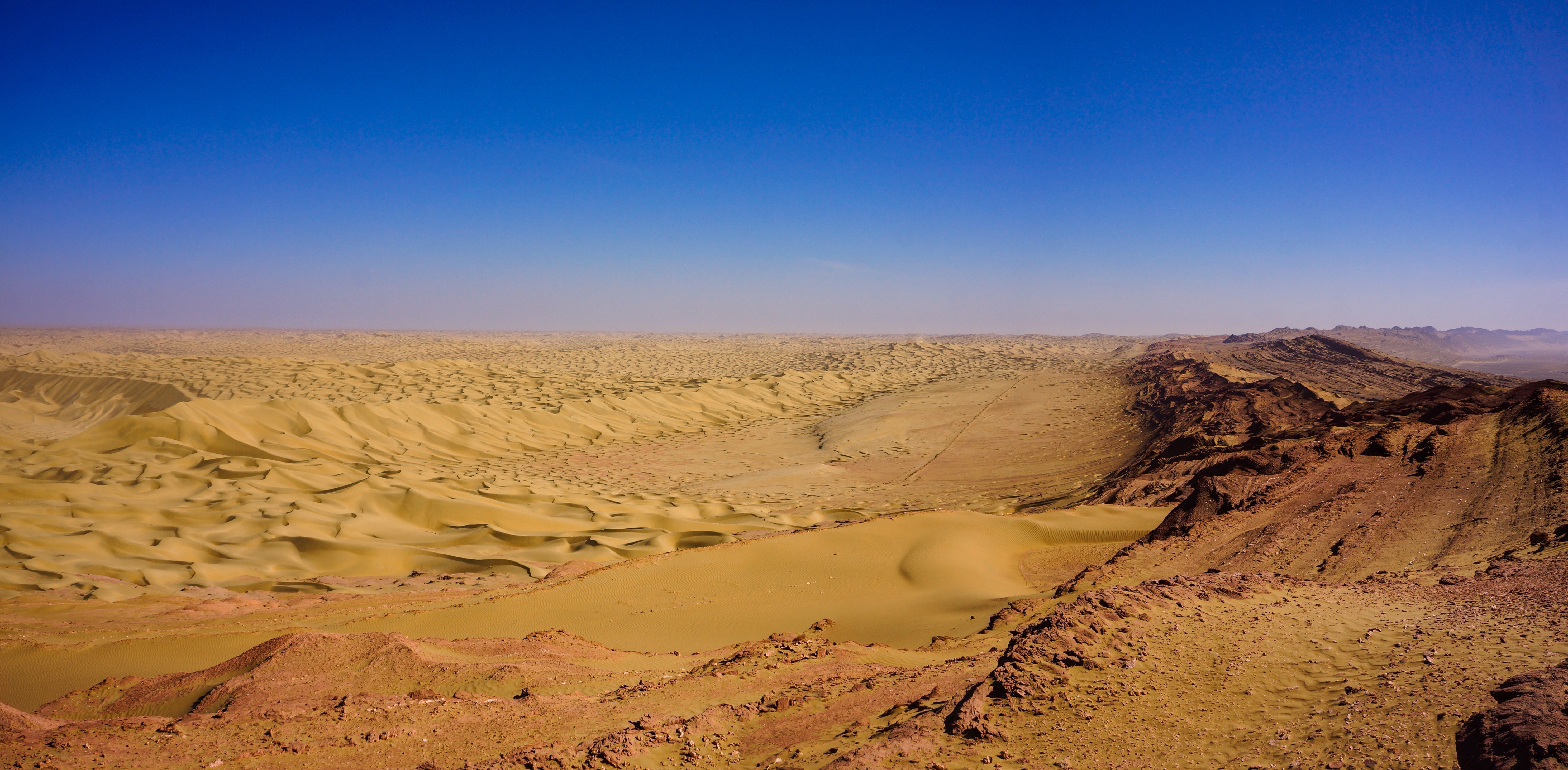Geophysical data
Where to find them ?
Cyril Gadal
Institut de Mécanique des Fluides de Toulouse (IMFT), France
About me
- 2021 – now: Postodctoral researcher, IMFT, Toulouse
- Particle-laden (turbidity) currents
- Experimental work
About me
- 2021 – now: Postdoctoral researcher, IMFT, Toulouse
- Particle-laden (turbidity) currents
- Experimental work
- 2017 – 2020: PhD Student, IPGP, Paris
Sand dune patterns
Theory, experiments, numerical simulations and geophysical data
![]()
Dunes gathering at the bottom of the Mazar Tagh (small mountain) in the Taklamacan desert, in China
Various data types

- 9 topics (EarthData – NASA):









Where to find them ?
Two global repositories
Different levels of Data processing (repository dependent)
- Level 0: Unprocessed instrument data
- Level 1: Time-referenced, georeferenced, annotated data
- Level 2: Derived geophysical variables at the same resolution and location as L1 source data.
- Level 3: Variables mapped on uniform space-time grid scales, usually with some completeness and consistency.
- Level 4: Model output or results from analyses of lower-level data (e.g., variables derived from multiple measurements).
Today
Topographical data

Meteorological data
Topographical data

DEMs: Digital Elevation Models
- Gridded elevation data as \(Z(x, y)\), \(Z(lat, lon)\), etc..
- Not cloud points (already ‘interpolated/gridded’)
- Not Discret Element Method :)
Different origins (linked to spatial scale/resolution)
- Satellite data
- LIDAR-derived data (plane, drone, hand instruments)
- Hand measurements (Theodolite, GPS, photogrammetry, …)
Topographical data
Best global coverage: SRTM
- Shuttle Radar Topography Mission
- horizontal resolution: \(1'' \sim 30~\textrm{m}\)
- only land
- vertical precision, complicated:
- depend on the place
- systematic bias, always positive on forested areas
- \(\sim 10~\textrm{m}\)
- easy access: EarthData or Map dowload
_Illustration.jpg)
successor: NASADEM
- released in 2020
- less holes in dataset, less vertical error
- more extensive (spatial vertical precision, calculation of slope/curvature)
- access: EarthData
Formats: .hgt or NETCDF
- .hgt: specific to SRTM mission
- not a format, just an extension (see here)
- “raw” format (no headers and not compressed)
- no metadata included
- NETCDF (.nc): Network Common Data Form
- open format
- can be compressed, optimized for gridded data
- include metadata
- not always available yet
Topographical data: an example
- get data
- see notebook (must start
jupyter-notebookto open)
Meteorological data
Different origins
- In situ observations
- Satellite observations
- model forecasts
- Reanalyses:
- data assimilation + models
- past (+ forecasts)
Meteorological data: Reanalyses
Global datasets
- ERA series (EU):
- latest: ERA5-Land, hourly, 9 km mesh
- MERRA series (US):
- latest: MERRA-2, hourly, 30 km mesh
- GLDAS (US):
- 3 hours, 30 km mesh
Local datasets
- CERRA:
- Europe, 3 hours, 5 km mesh
- CARRA:
- Arctic, 3 hours, 3.5 km mesh
- NLDAS:
- USA, 13 km mesh
- many others …
Formats
- GRIB:
- NOT a file format, just a file with GRIB messages
- no metadata included
- often difficult to read (must reshape data, etc ..)
- NETCDF (.nc): Network Common Data Form
- open format
- can be compressed, optimized for gridded data
- include metadata
- not always available yet
Meteorological data: an example
- get data
- see notebook (must start
jupyter-notebookto open)
Final notes
- Same principle for other data types
- protocol depends on repository
- especially true in Europe/Copernicus
- API access available most of time
- many other repositories and models
Questions, other examples ?


